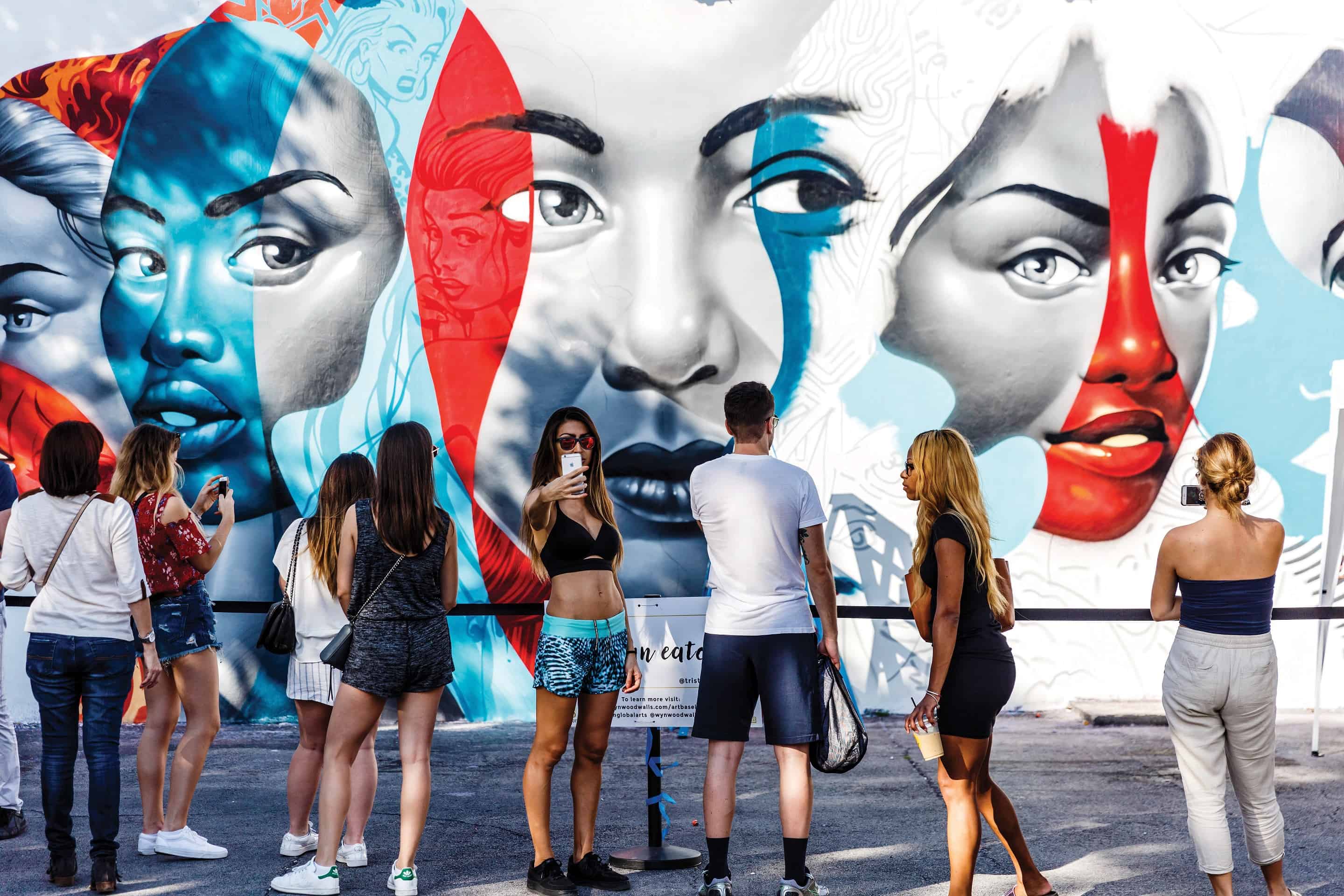
Miami's history is as rich and nuanced as the layers of street art that coat the city’s walls. Only incorporated in 1896, Miami has had many past lives, beginning as a fledgling mangrove river community in the 1800s. The arrival of old money and luxury hotel developers in the early 20th century gave birth to a gilded decade of Art Deco glamour, the relics of which stand in contrast to Miami’s life as a military base during WWII and a sanctuary city for Cuban and Haitian refugees in the 60s and 70s. The 1990s saw the zenith of South Beach decadence under the influence of Gianni Versace and his celebrity enclave, including Madonna (tourists still flock to his beachfront mansion).
Perhaps it’s this historical and cultural diversity that primed Miami for its most recent incarnation as a hotbed for art. The arrival of Art Basel in 2002 brought the international art world to the city’s sun-baked streets and the lasting impact of that annual event can be felt as a rhythmic heartbeat pumping creative energy through all of Miami’s tributaries. Neighbourhoods decorated with vibrant street art act as incubators for emerging designers and artists. World-class art museums dot Downtown Miami and South Beach, mingling with independent galleries. Here, discover how to experience the city’s diverse art scene.

The beach is just the beginning
 Art Deco-clad Ocean Drive
Art Deco-clad Ocean Drive
On a first visit to Miami, a stroll down Art Deco-clad Ocean Drive is in order – if only for people-watching. Beyond the string of Deco hotels, however, there’s a thriving contemporary art scene anchored by The Bass Museum, where an exhibition program celebrates Miami Beach’s cultural diversity by showcasing the conceptual work of international artists. On long-term display is Pascale Marthine Thayou’s Welcome Wall, an installation that weaves together blinking neon signs that read “welcome” in 70 different languages, a simultaneous commentary on humanity’s connectedness and the fractured nature of many communities.
 The Bass Museum
The Bass Museum
 Artechouse
Artechouse
In 2018, the Washington, D.C.-based art organization Artechouse expanded to a new outpost on Collins Avenue. Dedicated to the intersection of art, technology and science, Artechouse focuses on immersive, interactive exhibits that spark connection and dialogue.
GRAB A BITE: Take a seat at Chotto Matte to enjoy Nakai, an innovative Japanese-Peruvian fusion cuisine matched by the restaurant’s modern, open-roof space.
Wonder walls
 Bruce Warrington
Bruce Warrington
Wynwood’s transformation from an industrial inner-city neighbourhood to a trendy design district was a relatively swift one. The creation of the Wynwood Walls – a permanent installation of street murals and one of the largest open-air art exhibits in the world – in 2009 established the area as a place for artists and travellers alike to find creativity and inspiration. A walk through its vibrant streets is an energizing way to spend an afternoon in the city. Be sure to duck your head into some of the unadorned spaces, too.
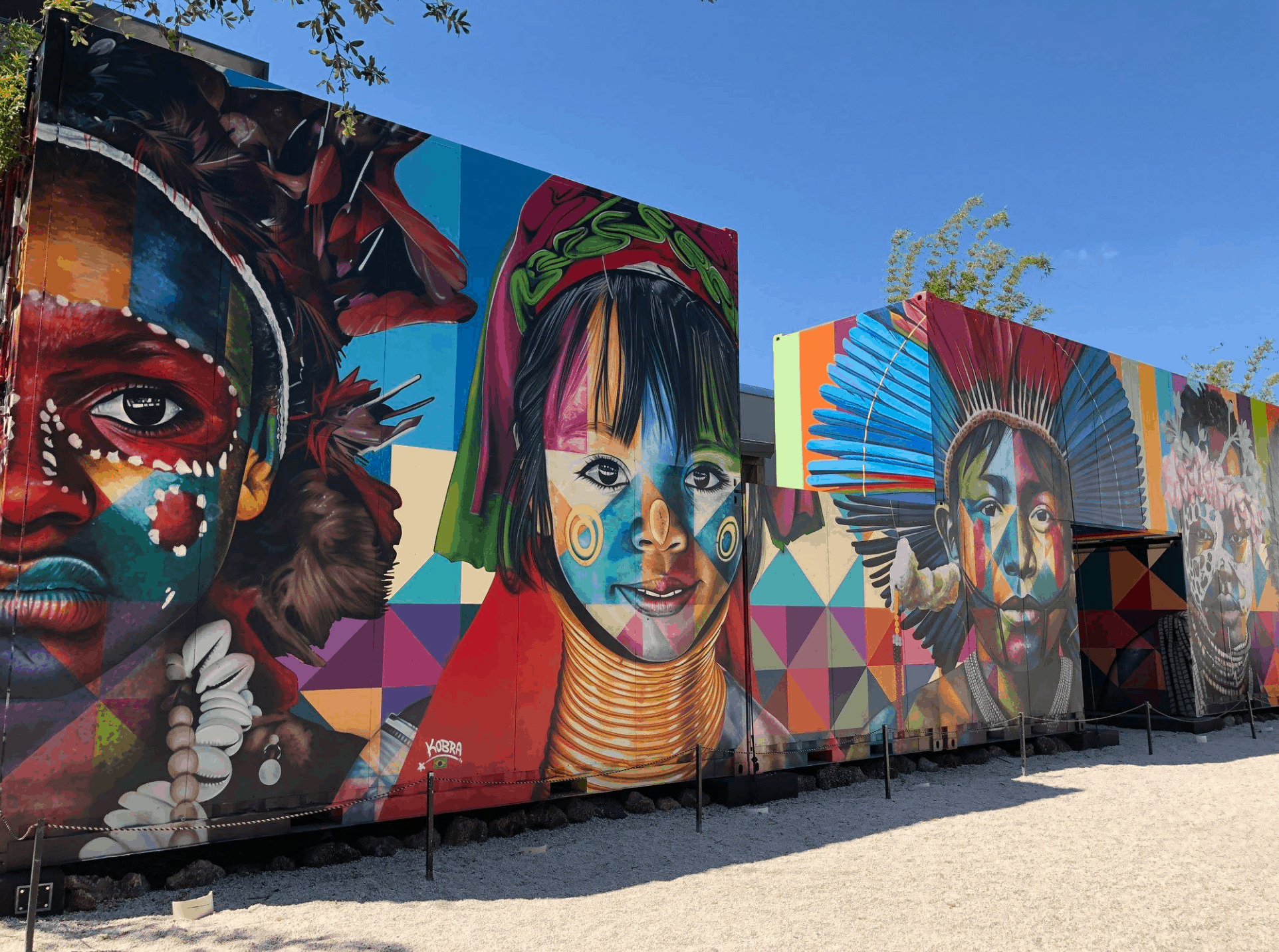 Chloe Berge
Chloe Berge
The Rubell Family Collection houses one of North America’s largest privately-owned art collections. The airy, two-storey gallery (a re-purposed DEA confiscated goods facility) regularly exhibits work by Keith Haring, Jeff Koons, Cindy Sherman and Kara Walker, along with its roster of recent acquisitions by emerging artists. In the vicinity are a number of small independent galleries worth checking out, including Diana Lowenstein’s contemporary collection. The Institute of Contemporary Art in the neighbouring Design District acts as a platform for mid-career artists, as well as playing host to postmodern superstars like Judy Chicago and Sol LeWitt.
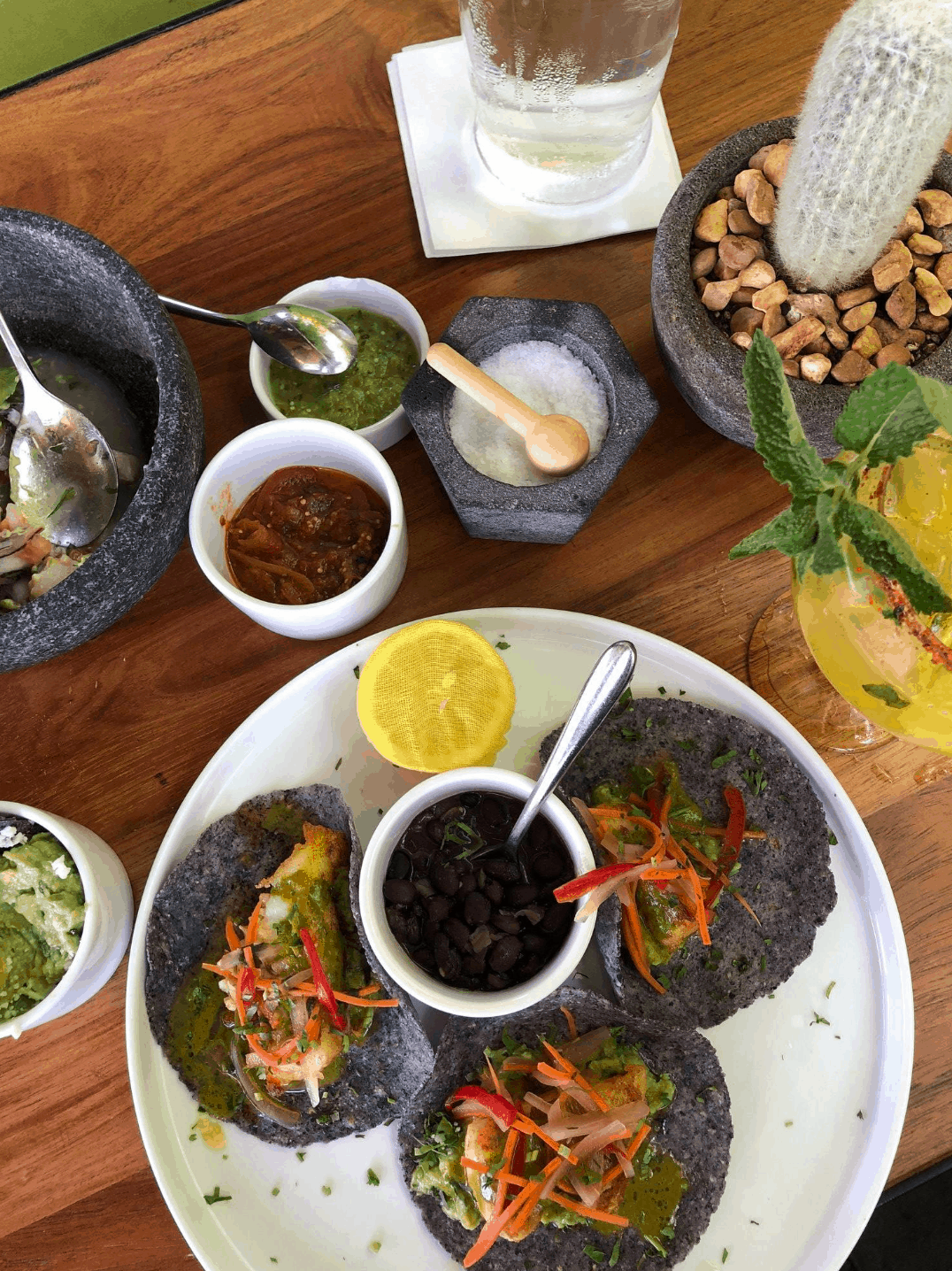 Chloe Berge
Chloe Berge
GRAB A BITE: At Bakan, Wynwood’s stylish new Mexican eatery, order seabass tacos made with handcrafted tortillas and a Mango Petacon mixed with of one of their 250 different mezcals.
Little Haiti, big art

In Little Haiti, rows of taffy-coloured bodegas press up against botanicas and vintage record shops. The colourful murals that enliven the neighbourhood’s buildings recount Haiti’s history of political upheaval that saw refugees seeking sanctuary in Miami in the 1960s. Expressive, bold landscape paintings by Haitian artists like Louis Rosemond and photographer Jerome Soimond’s striking images of Voodoo rituals adorn the walls of Little Haiti Cultural Center. “Voodoo is a celebration of life and death in Haiti – it’s living art,” says Haitian guide Cidelca, who moved to Miami 13 years ago. In between these nods to Haiti’s spirited culture is the recent addition of high-end boutiques and coffee shops. Establishments like Imperial Moto and TenOverSixty are wedged between hole-in-the-wall Haitian restaurants and markets, lending the area an interesting juxtaposition of old and new.

With this influx of new energy and commerce has come a small but thriving contemporary art scene led by Emerson Dorsch, a conceptual gallery working with South Florida-based artists. One of the pioneers of art and revitalization in the Wynwood Arts District, founder Brook Dorsch, moved the gallery to Little Haiti in 2017. Next door is EXILE, a local non-profit art bookstore, and Extra Virgin Press, owned by artist and printmaker Tom Virgin, both of which also serve to further Little Haiti’s artistic community. Dorsch is part of a patchwork of other standout galleries in the area including Nina Johnson and Laundromat Art Space.
GRAB A BITE: Head to Sixty10 for fried chicken served at open-air, picnic table seating or order roti to go from B&M Market, a diamond-in-the-rough, family-run operation.
Meet the artists in Little Havana
Time slows down in Little Havana. The Cuban community’s white-haired grandfathers plot their next chess move at shady Domino Park over an afternoon cortadito (Cuban espresso with milk). Mothers with babes on hip shop for mamey fruit at Los Pinareños, the oldest farmers’ market in Miami and chickens flutter and squawk freely about the streets. But underneath this simmering rhythm, there’s a fiery Latin beat that pulses through the streets, kept alive by Cuban art and music.
 Cubaocho | Chloe Berge
Cubaocho | Chloe Berge
 Cubaocho | Chloe Berge
Cubaocho | Chloe Berge
Cuban genre paintings fill the walls (and ceiling) of coffee and rum bar Cubaocho. Owner Roberto Ramos purchased art from exiled Cuban artists when he left the country and authored a book depicting their work. The bar now holds the largest collection of Cuban artwork anywhere outside of Cuba. Peruse history books at the back of the room amidst the horns of a Latin jazz band and free-flowing mojitos. “Cuban culture is about savouring the moment,” says Christine Michaels, founder of Little Havana Tours. Step into the galleries of Alfred Molina and Augustin Gainza, the first Cuban artists to move to Miami, and wonder at their bold use of colour, then cross the street to Futurama, a market that houses a group of emerging artists and artisans.
 Historic Calle Ocho in Little Havana
Historic Calle Ocho in Little Havana
GRAB A BITE: Order a Cuban coffee and sandwich to go from one of the ventanitas (walk-up windows) that dot Calle Ocho. For riverside white tablecloth service, head to Seaspice for a wood-fired casserole.
When You Go
The Biltmore
 The Biltmore
The Biltmore
Be treated like Miami royalty at the historic Biltmore, a grand, Mediterranean-style hotel built in 1926 that recently underwent a $40 million renovation. In the 20s, it played host to a glittering, champagne-fuelled socialite scene and still retains its Old World elegance with impeccable hospitality, beautiful Spanish Colonial design and the award-winning Palme d’Or restaurant.
Life House Little Havana
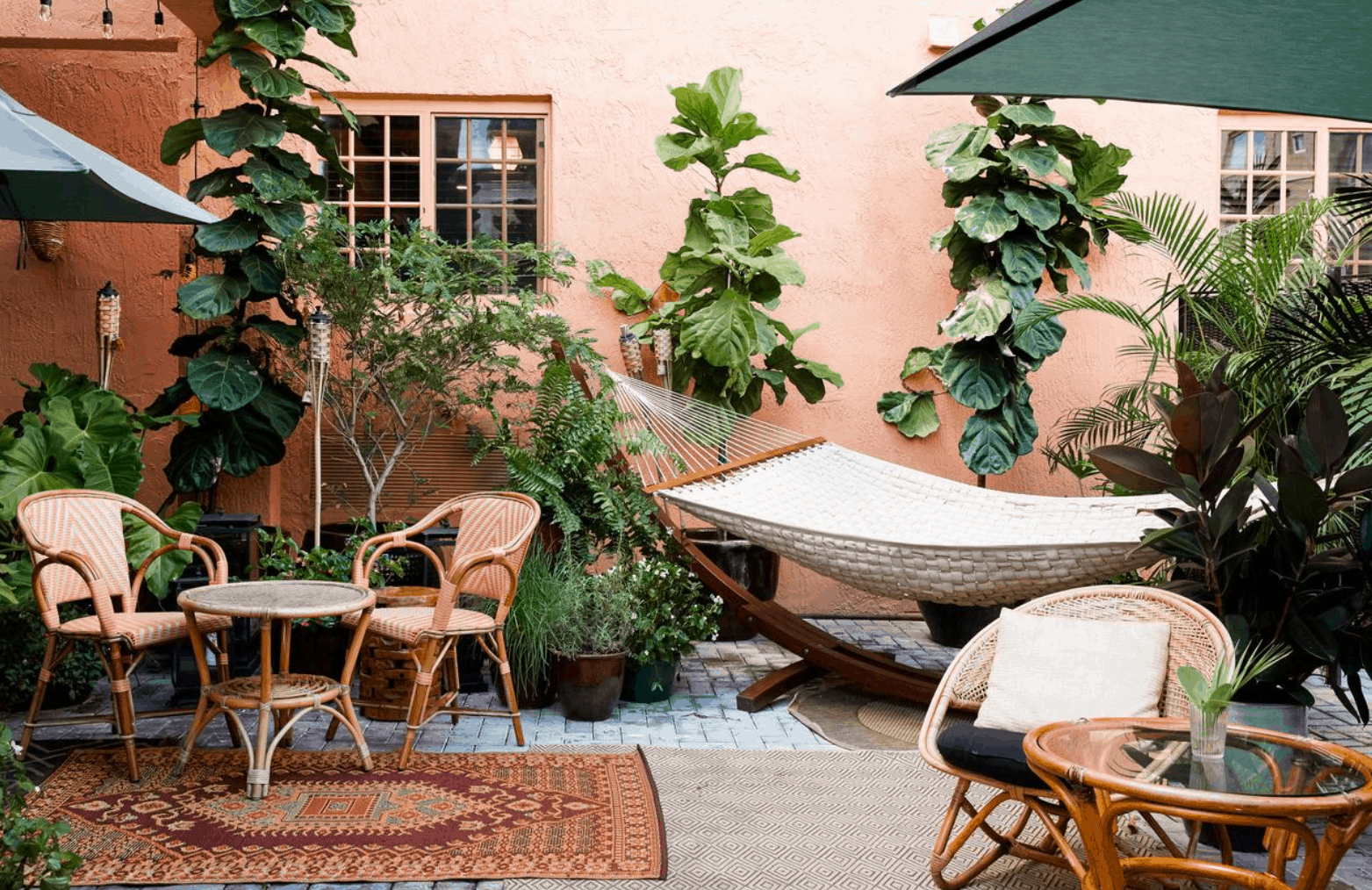 Life House Havana
Life House Havana
Life House elevates the hostel ethos by marrying co-working spaces and a social, rooftop Cuban restaurant with modern private rooms stocked with La Labo products. The design of each Life House hotel reflects the taste of a fictional character who might have lived there; in this case, a worldly aesthete and his curated collection of textiles and decor from his travels.
Mondrian South Beach
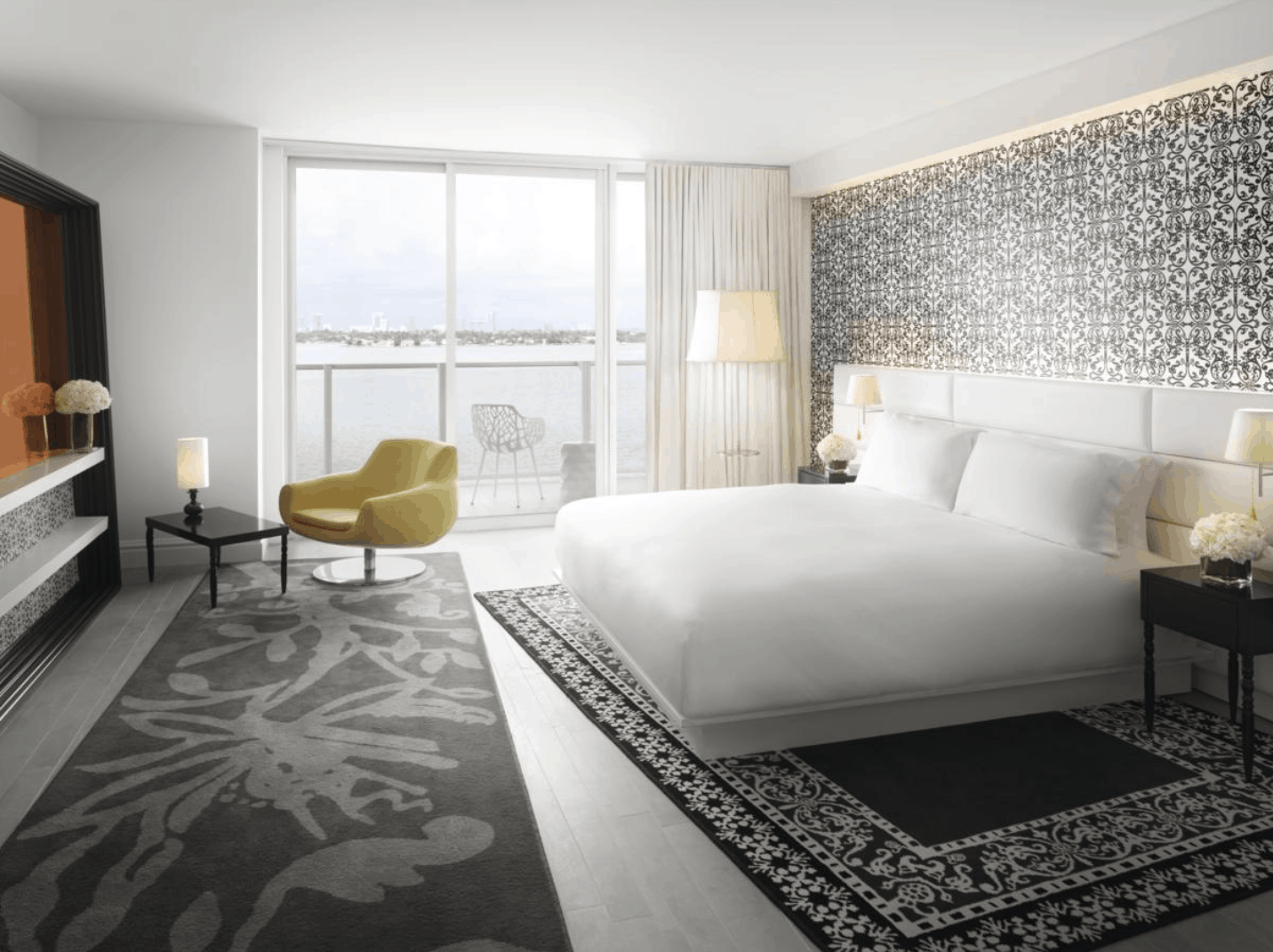 Mondrain South Beach
Mondrain South Beach
The whimsical, Marcel Wanders-designed Mondrian is as South Beach as it gets. A dramatic black nautilus staircase is the star of a shiny white lobby that echoes with the click-clack of stilettoed, bikini-happy travellers on their way to the pool. Rooms come with a sweeping view of Biscayne Bay but people-watching from the poolside café is just as satisfying.
Hilton Cabana Miami Beach
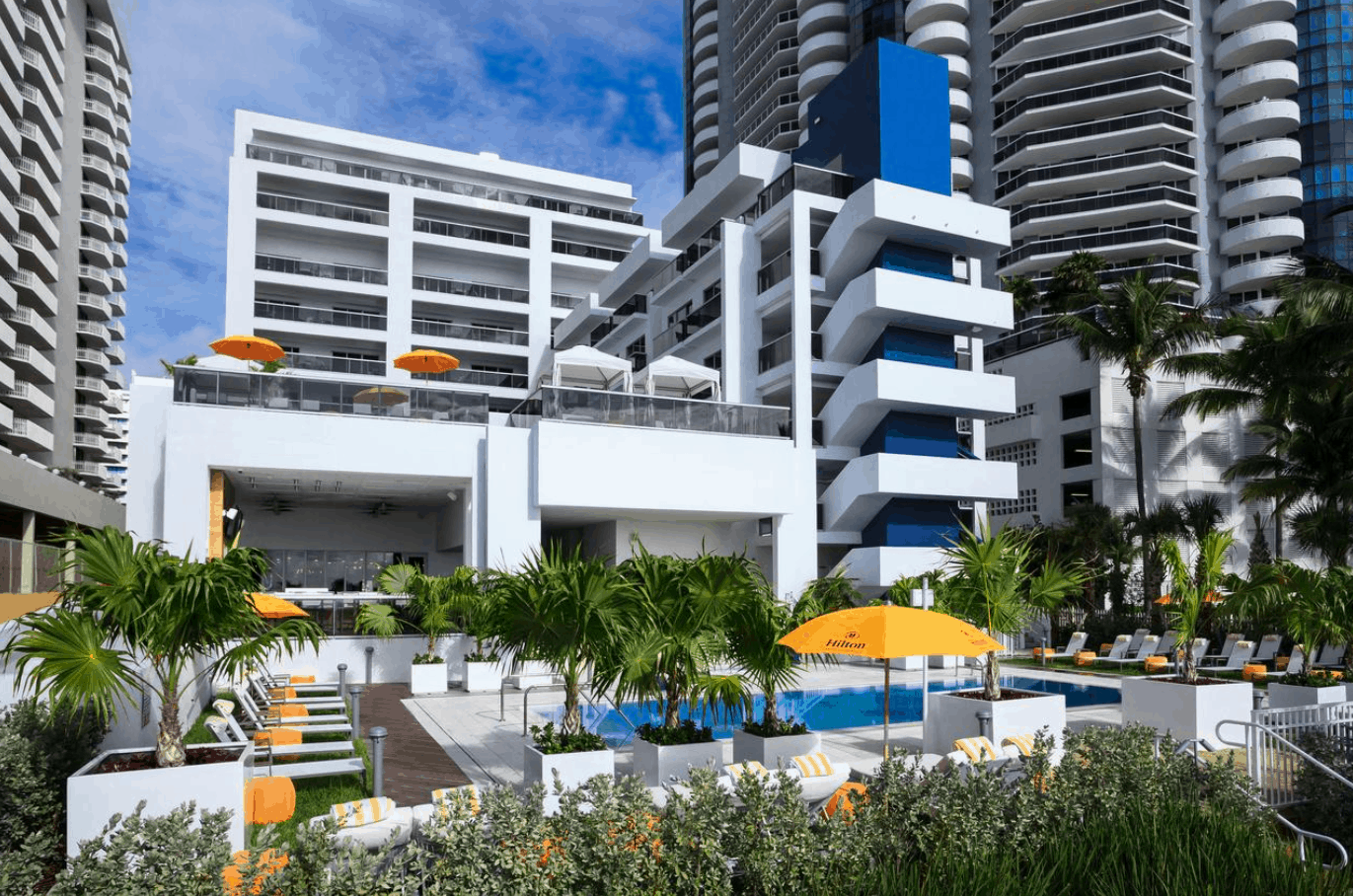 Hilton Cabana Miami Beach
Hilton Cabana Miami Beach
Built in the 1950s-era architectural style known as Miami Modern (MiMo), Hilton Cabana boasts 36 metres of dreamy oceanfront which means guests don’t have to choose between beach and design. Art-lovers take note: Faena Arts District, Normandy Isle and North Beach Bandshell are just a short drive away.



